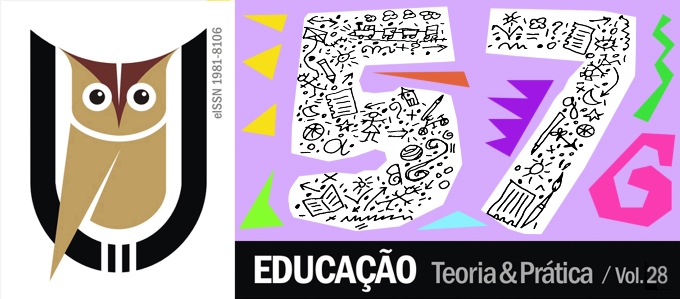EDUCATIONAL PUBLIC POLICIES IN THE INTEGRATION OF ICT IN SECONDARY EDUCATION: CONTRIBUTIONS FOR PHYSICAL EDUCATION
DOI:
https://doi.org/10.18675/1981-8106.vol28.n57.p58-75Keywords:
Políticas públicas, Ensino médio, Tecnologias.Abstract
This article aims to analyze how Information and Communication Technologies (ICT) appear in the National Curriculum Directions for Secondary Education and in the Pedagogical Proposition for the Polytechnic Secondary Education of Rio Grande do Sul, highlighting its potential for Physical Education. The discussion is presented based on a documentary analysis of current legislation for Secondary Education, mixed with results of a bibliographical review based on articles from Physical Education journals. Throughout the critical reflection, it can be noticed that ICTs are important public policy for Secondary Education, and, along with culture and work, its importance is associated with scientific production and innovation. In this sense, technological resources such as computers, tablets, internet, among others, are offered to schools, as well as training for teachers to promote the pedagogical integration of ICTs. Therefore, ICTs appear with potential in Physical Education since they can contribute to make the classes more interactive. In this way, the integration of ICT in the curricular component can be an alternative to overcome the reductionist view of the area, encouraging the development of innovative practices. Keywords: Public Policies. Secondary Education. Physical Education. ICT.Additional Files
Published
How to Cite
Issue
Section
License
Authors who publish in this journal agree to the following terms:
a) Authors assign copyright to the journal, with the work simultaneously licensed under the Creative Commons Attribution License that allows sharing of the work with acknowledgment of authorship and publication in this journal.
b) The policy adopted by the Editorial Committee is to assign copyright only after a period of 30 months from the date of publication of the article. After this time, authors interested in publishing the same text in another work must send a letter to the Editorial Committee requesting the release of the assignment of copyright and wait for a response.
c) This journal provides public access to all its content, since this allows greater visibility and reach of published articles and reviews. For more information on this approach, visit the Public Knowledge Project, a project that developed this system to improve the academic and public quality of research, by distributing OJS as well as other software to support the public access publication system to academic sources. The names and email addresses on this website will be used exclusively for the purposes of the journal and will not be available for other purposes. This journal provides open any other party  This work is licensed under a Creative Commons License
This work is licensed under a Creative Commons License











